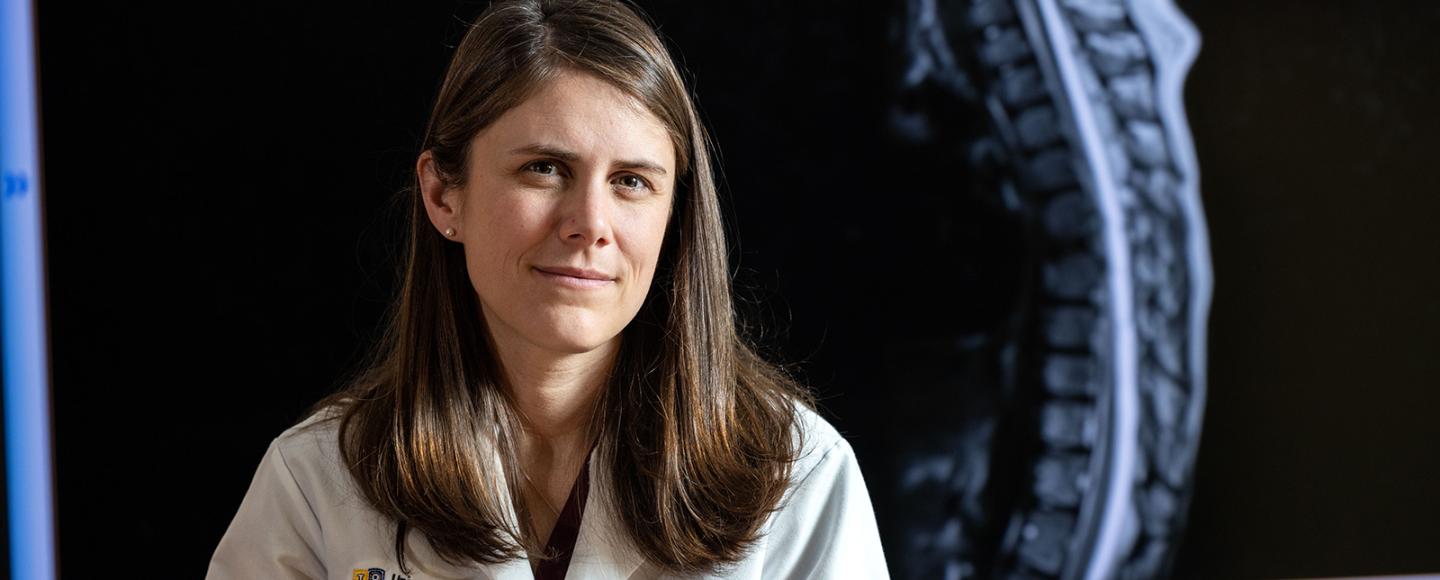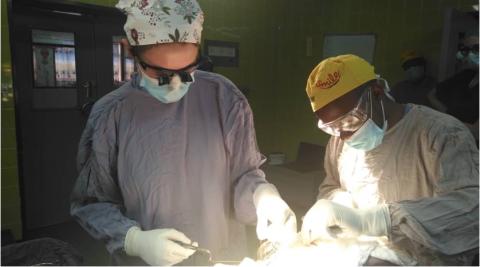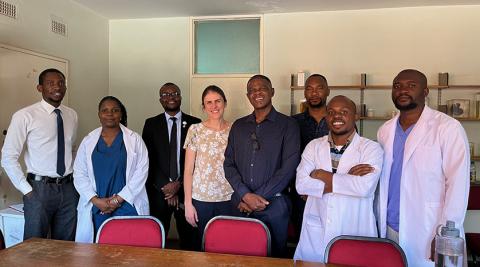Table of ContentsClose

Spina bifida is a birth defect of the neural tube—the structure in an embryo that develops into a baby’s brain and spinal cord—that occurs during the first month of pregnancy. With spina bifida, part of the neural tube doesn’t close completely, which can damage a baby’s spinal cord and vertebrae. Serious cases can cause loss of movement in the legs and problems with the bowel and bladder.
Depending on the type and severity of the condition, children born with spina bifida typically require surgery to repair it. This can be done as a prenatal operation, or as a postnatal procedure within a few days of the baby being born. Because prenatal surgery is relatively new and not recommended for all cases, postnatal repair surgery is still the most common approach. It is also the only option in many countries where resources are limited.
While performing postnatal repair surgery within the first few days of birth is the standard of care, the exact timing of surgery is not clearly understood, notes University of Iowa Health Care pediatric neurosurgeon Rebecca Reynolds, MD.
“That sparked my interest in better understanding prenatal and postnatal surgeries for spina bifida and who are the best patients for each,” Reynolds says. “How can we best optimize surgery so that the patient has the most successful outcome?”
Reynolds became interested in global medicine during residency training in neurosurgery at Vanderbilt, and in 2019 she was awarded a one-year clinical research fellowship through the National Institutes of Health and its Fogarty International Center. Reynolds and her family moved to Zambia in southern Africa, where she began work at University Teaching Hospital, the nation’s tertiary care center located in the capital city of Lusaka. There, she learned more about the care of spina bifida and the burden of surgical disease in Zambia.


After returning to the U.S. following the outbreak of the COVID-19 pandemic, Reynolds completed fellowship training in pediatric neurosurgery at Johns Hopkins All Children’s Hospital in St. Petersburg, Florida, before joining the faculty at Iowa.
With research funding from the UI Department of Neurosurgery and mentorship from former UI vice president for medical affairs and dean Brooks Jackson, MD, MBA—a Department of Pathology faculty member who has done extensive research in Africa related to HIV—Reynolds has launched a new study in Zambia investigating the timing of postnatal spina bifida repair surgery and how it affects a child’s development.
The research team—which includes Jackson and UI Health Care pediatric urologist Christopher Cooper (91MD, 97R) as well as anesthesiologists, neurologists, and orthopedic surgeons in Zambia—is focused on myelomeningocele, the most severe form of spina bifida. With this type, a sac of fluid develops along the spinal column that contains a damaged part of the spinal cord and nerves. Surgery is always required to repair this type of spina bifida, and patients often face lifelong developmental disabilities.
“Our study will focus on approximately 150 babies born with myelomeningocele spina bifida who receive postnatal repair surgery, and we’ll look at how they grow and develop, start their first year of life, and how their bladder functions,” Reynolds says. “Does the timing of surgery affect if a patient will walk? Or whether they’ll be able to be potty-trained or need to wear a diaper throughout their life? How will their cognitive function be? Will they be able to live independently?”
Information from this study will help inform and advance treatments that improve the developmental outcomes of children with spina bifida around the world, notes Reynolds, who helped establish a multidisciplinary spina bifida clinic at UI Health Care.
She adds that the collaboration with University Teaching Hospital in Lusaka will aid in developing an infrastructure for more community hospitals in areas of Zambia without tertiary medical centers.
Reynolds credits Jackson, Cooper, and Matthew Howard, MD, professor and chair of the Department of Neurosurgery, for providing administrative guidance as she designed the spina bifida study—and for her development as an early-career investigator.
“Having senior mentors who are committed to helping junior faculty excel is what makes Iowa a great place to work,” she says. “This is my first large, international study, and it wouldn’t have been possible without their involvement."
